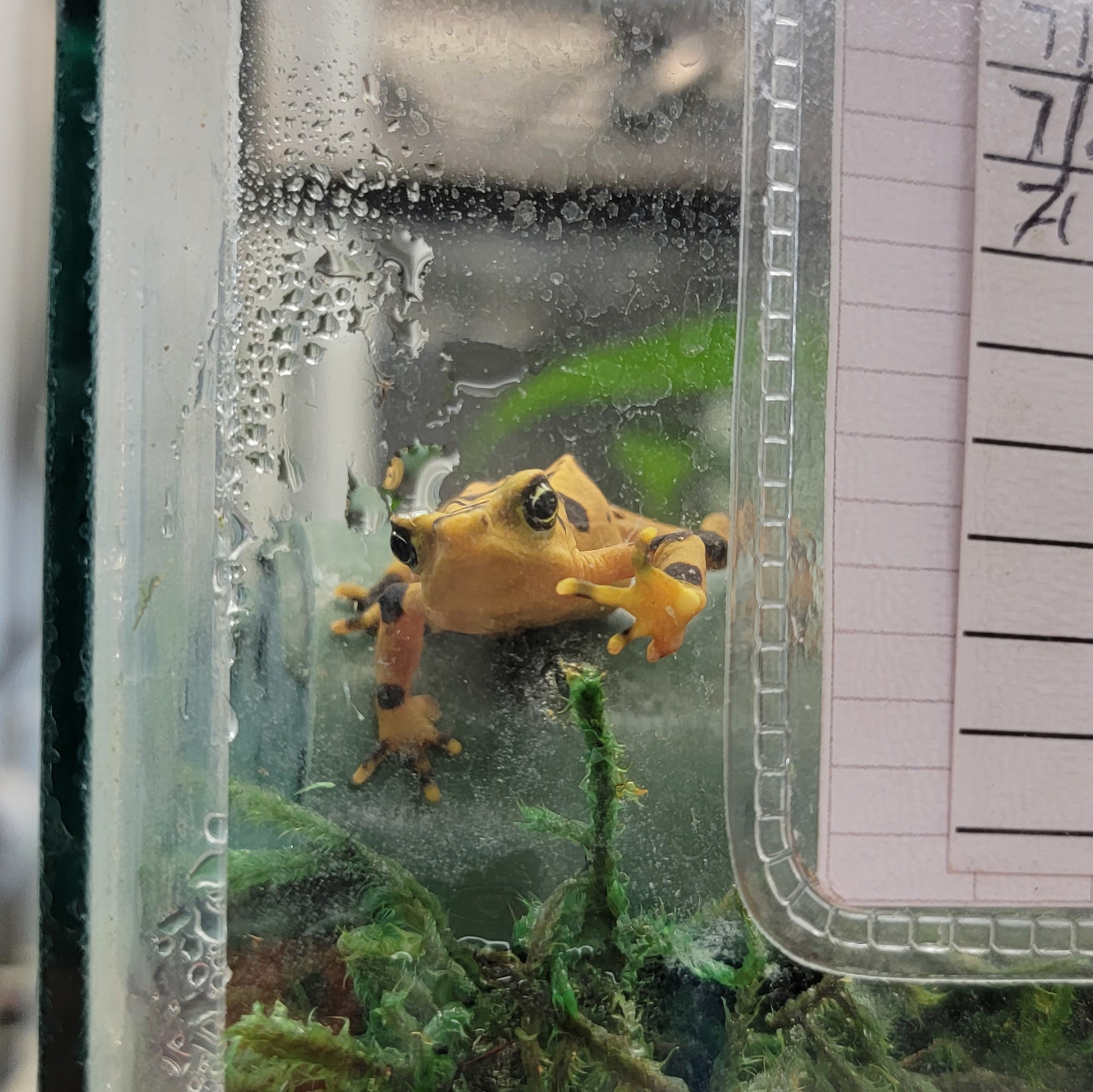Summary:
1. The Importance of Attention to Detail in Zookeeping
2. The Remarkable Adaptations of Animal Species
3. Befriending the Unsung Heroes – Zookeepers and Their Work
4. Animals’ Connection with Their Environment and Natural Habitat
5. Captivating Stories From the World of Zoos and Wildlife
Excuse me, keeper. You seemed to have missed a spot. Right here.
Have you ever wondered what it takes to be a zookeeper? It’s not just about feeding the animals and cleaning their enclosures; it’s an art of precision, dedication, and passion. And yes, attention to detail plays a crucial role in the day-to-day responsibilities of these unsung heroes. Let’s delve into the fascinating zookeeping world and explore the unique aspects that make it a challenging yet rewarding profession.
1. The Importance of Attention to Detail in Zookeeping
Zookeepers are entrusted with the well-being of diverse animals, each with their specific needs and preferences. Ensuring that every aspect of their environment is carefully managed is vital. From maintainer, detail is meticulously observed, from the correct temperature, humidity, and lighting in their enclosures to providing a balanced diet that mimics their natural diet in the wild; every diet now that even the smallest factor, like a slight variation in the positioning of rocks or branches, can significantly impact an animal’s behavior and well-being? Zookeepers are attuned to these nuances and continuously strive to create an environment that encourages the animals’ natural behaviors and instills a sense of security and contentment.
2. The Remarkable Adaptations of Animal Species
Nature never ceases to amaze us with its diverse array of animal species and their remarkable adaptations. From camouflage and mimicry to unique hunting techniques and defense mechanisms, animals have evolved fascinating traits to survive in their habitats.
Let’s take the chameleon, for example. These reptiles have the incredible ability to change the color and pattern of their skin, allowing them to blend seamlessly into their surroundings. This is not just a visual spectacle but an effective defense mechanism against predators.
Similarly, visually striking the giraffe‘s long neck serves a practical purpose. It enables them to browse foliage other herbivores cannot reach, granting them a competitive advantage in their environment. Understanding these adaptations is crucial for zookeepers to create enriching environments that cater to the animals’ instincts.
3. Befriending the Unsung Heroes – Zookeepers and Their Work
Zookeepers are more than caretakers; they develop strong bonds with the animals under their care. They observe their behaviors, understand their personalities, and adapt their care routines accordingly. It’s not uncommon for a zookeeper to spend years nurturing a relationship with a particular animal, earning their trust and enriching their lives.
Take the heartwarming story of Bao Bao, the giant panda at the Smithsonian National Zoo. Zookeepers dedicated months of effort to prepare Bao Bao for her journey to a new home, ensuring her comfort and well-being throughout the transition. This story showcases the invaluable work done by zookeepers and the emotional connection they develop with the animals they care for.
4. Animals’ Connection with Their Environment and Natural Habitat
Zoos strive to provide the best possible environment for their animal residents, but they also play a vital role in conservation and education. By meticulously recreating natural habitats and incorporating elements that mimic the animals’ native landscapes, zoos offer visitors a unique opportunity to witness the majesty of wildlife up close.
The exercise wheels in rodent enclosures might seem like mere adaptations for exercise, but they serve a more profound purpose. These wheels mimic the rodents’ instinctual behavior of running for miles each night in search of food, helping to keep them mentally stimulated and physically fit.
Through educational programs and interactive exhibits, zoos tirelessly work towards raising awareness about the importance of conserving natural habitats and protecting endangered species. A visit to a well-managed zoo not only allows us to appreciate the beauty of wildlife but also sparks a connection with the environment and the need for its preservation.
5. Captivating Stories From the World of Zoos and Wildlife
The world of zoos and wildlife is filled with captivating stories that make our hearts swell with admiration and joy. From the successful breeding programs that revive endangered species to the heartwarming tales of animals overcoming adversity, these stories remind us of the resilience and determination found in nature.
Imagine witnessing the birth of a rare and endangered animal species, something very few people are fortunate enough to experience. These milestones are made possible by zookeepers’ dedication and unwavering commitment to conservation. Their work extends far beyond the zoo’s gates, playing a vital role in the survival of endangered species and the restoration of fragile ecosystems.
So, the next time you visit a zoo, take a moment to appreciate the meticulous care and attention that goes into maintaining the well-being of its residents. Behind every missed spot or displaced branch, zookeepers work tirelessly to create a home away from home for the animals we admire. They are the unsung heroes of the zoo, and their commitment to wildlife and nature is truly inspiring.
*****
Source Description
Excuse me, keeper. You seemed to have missed a spot. Right here.
.
.
.

